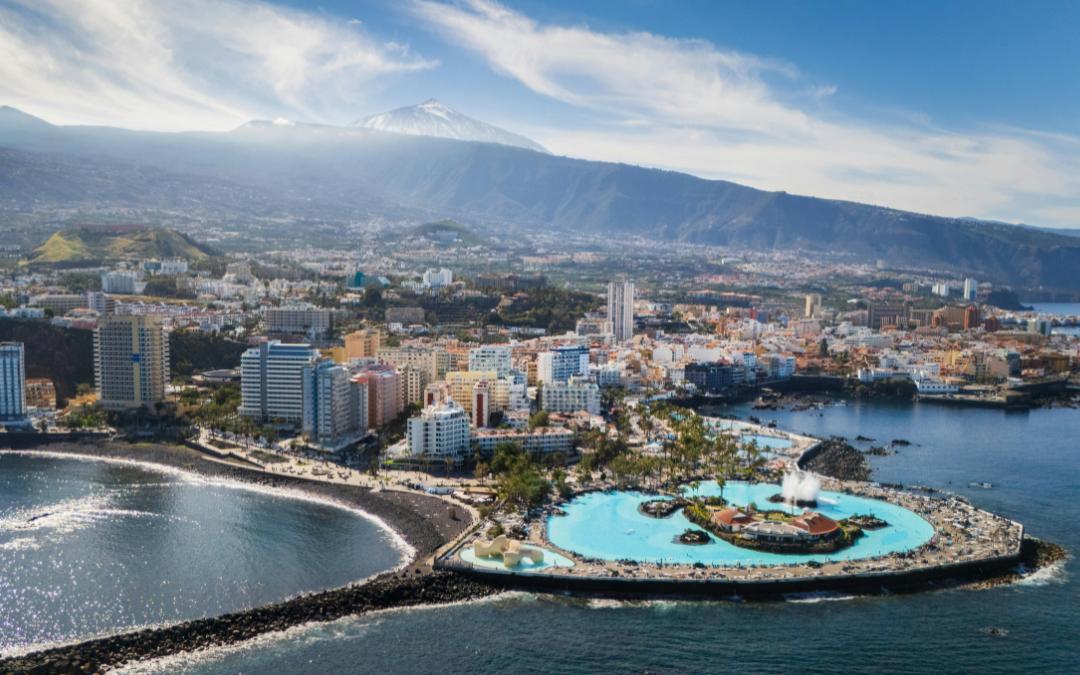Table of Contents
When a foreigner buys a property in Tenerife, one of the most important aspects that is often overlooked is the obligation to file a tax declaration, even if you are not a tax resident on the island. Many buyers mistakenly believe that, by not permanently residing in Tenerife, they are not subject to any taxes. However, the reality is that acquiring property involves certain tax obligations, with one of the most important being the Model 210.
What is the Model 210?
The Model 210 is the declaration for Non-Resident Income Tax (IRNR). This tax applies to all individuals who, although they are not tax residents in Spain, generate income or own property on the island. Therefore, if you buy a property in Tenerife and are a non-resident, you will be required to file this declaration annually, even if you do not generate income from the property.
Tax Obligations After Purchasing a Property in Tenerife
When you acquire a property in Tenerife as a non-resident, your tax obligations are twofold:
- Local Taxes: Regardless of your residency status, you will be required to pay the urban contribution or Property Tax (IBI). This is a local tax paid to the municipality where the property is located. The tax is calculated based on the cadastral value of the property and varies depending on the location and characteristics of the property.
- State Taxes: Model 210: At the state level, non-residents are required to submit the Model 210. This tax applies in two ways:
- If the property is not rented: If the property is vacant or only used by you and your family for holidays, you will be taxed on an “imputed income.” This income is calculated by applying a percentage (typically 1.1% or 2%, depending on the cadastral value) to the property’s cadastral value, and then applying the corresponding tax rate. For residents of EU countries, Norway, and Iceland, the rate is 19%. For other non-residents, it can go up to 24%.
- If the property is rented: If you decide to rent out the property, you will also need to use Model 210 to declare the rental income. In this case, you will be taxed at 19% (for EU residents) or 24% (for other non-residents) on the income earned, subtracting the expenses directly related to the rental, such as repairs, maintenance, or management fees.
Filing Frequency for Model 210
- Non-rented property: In this case, the tax is filed annually, with a deadline of December 31 of the year following the tax year. For example, if you purchased the property in 2023, you will have until December 31, 2024, to submit the corresponding declaration.
- Rented property: If the property has been rented out, you will need to submit the Model 210 quarterly. Each quarter, you will need to declare the income earned during that period, deducting applicable expenses.
What Expenses Are Deductible When Renting?
If you rent out your property in Tenerife, it’s important to note that you can deduct certain expenses related to the rental to reduce the taxable base. These include:
- Maintenance and repair costs.
- Property management or administration fees.
- Home insurance.
- Mortgage interest, if applicable.
Remember that to deduct these expenses, you must have invoices and documents to support each one.
Consequences of Not Submitting Model 210
Failure to submit this model can result in penalties and surcharges from the Spanish Tax Agency. If you own property in Tenerife and are not a resident on the island, it is crucial to comply with this tax obligation, not only to avoid possible fines but also to stay compliant with both local and state tax authorities.
Buying a property in Tenerife as a non-resident involves more than simply acquiring an asset. It also comes with a series of tax responsibilities, with the Model 210 being one of the most significant. While the process may seem complicated, with the right advice, you can efficiently meet all your tax obligations and avoid penalties.






0 Comments